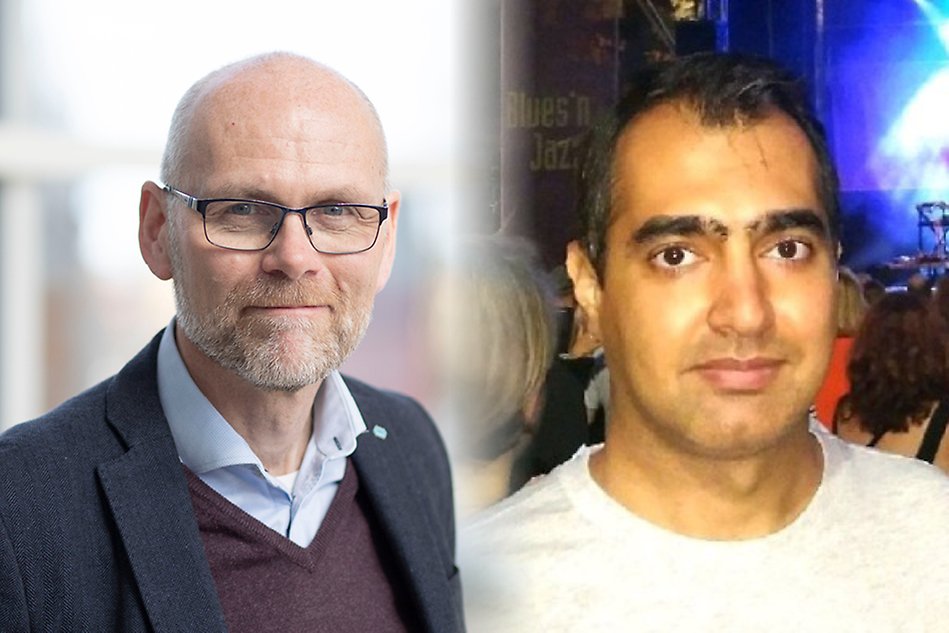New ways to locate poverty with using AI
To effectively reach those in need with aid, it is crucial to know where the people most in need are located. This is often achieved through household surveys, which have many limitations. By using AI to analyse satellite images, researchers hope to identify different types of poverty and wealth more efficiently to provide aid to people in need. The work has been highlighted by the digital magazine The Conversation.
The digital magazine The Conversation highlights professor Thorsteinn Rögnvaldsson and associate professor Hamid Sarmadi from Halmstad University, and Lecturer Ola Hall, who is also the projects principal investigator, from Lund University, who have been using an AI algorithm called deep convolutional neural network (DCNN) to analyse daytime satellite images more accurately and faster than humans.
”It is nice that The Conversation highlights this. It is the first time for me and Hamid to appear in a forum like this. It has been interesting – to say the least – to see the comments, they quickly spun off to the risks with AI” says Thorsteinn Rögnvaldsson, Professor of Computer Science at The School of Information Technology at Halmstad University.

Thorsteinn Rögnvaldsson and Hamid Sarmadi have gained attention for their research in the digital magazine The Conversation.
The work is ongoing, intending to understand poverty, wealth, and their geographical or regional contexts to ensure that aid reaches where it is needed most and has the greatest impact.
The project is a part of CAISR and is funded by Riksbankens Jubileumsfond.
Text: Anna-Frida Agardson
Montage: Anna-Frida Agardson
Picture to the left: Dan Bergmark
Picture to the right: Private
More information:
Article in The Conversation: How AI ‘sees’ the world – what happened when we trained a deep learning model to identify poverty External link.

